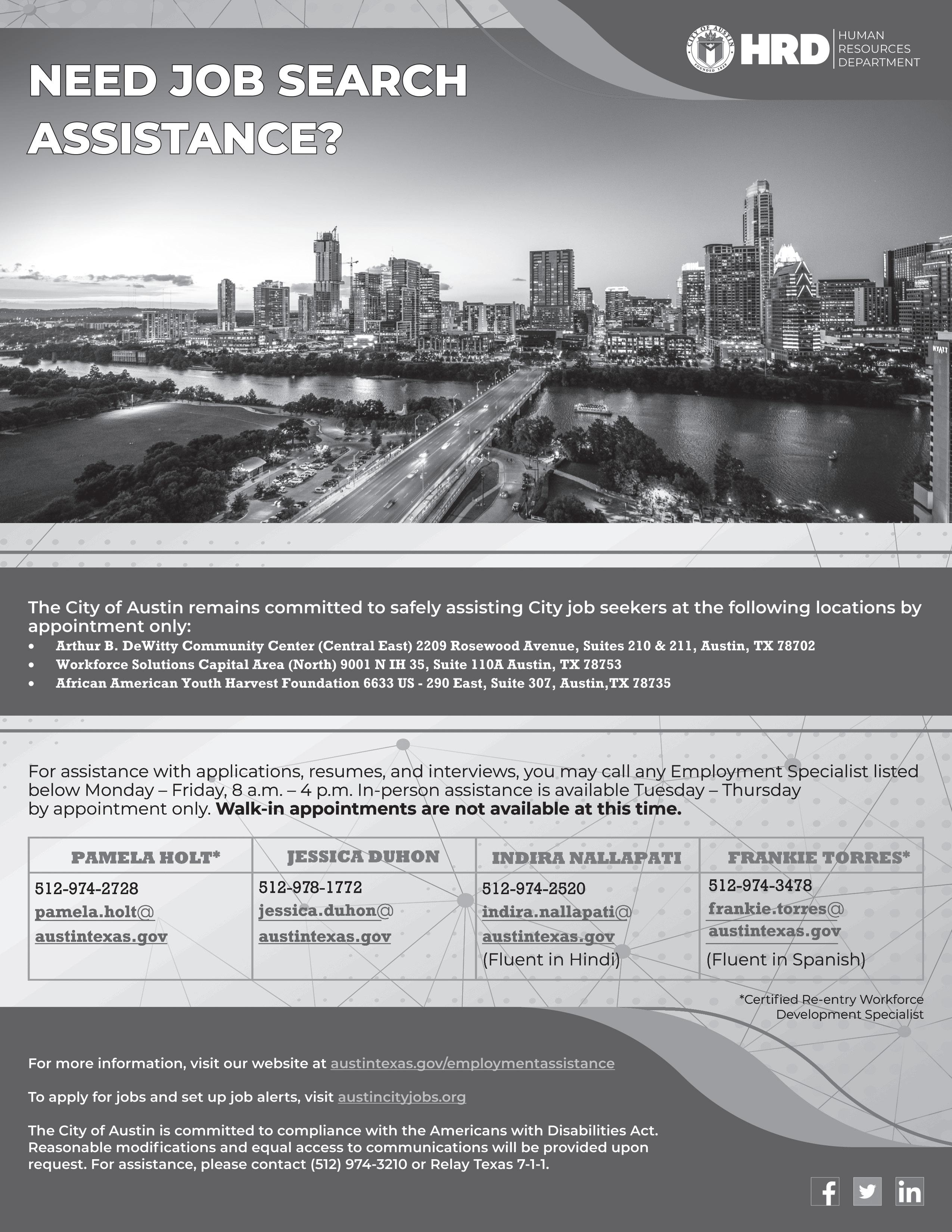
1 minute read
5 Tips For Keeping Pets Pest-Free
(Continued From Page 06)
Remember, dogs and cats age faster than humans, so annual exams with diagnostic testing are the equivalent of humans visiting the doctor every 4-5 years.
Watch for warning signs of parasites. Some pets infected with a parasite don’t show any signs of illness.
However, common signs of infection include diarrhea, vomiting, loss of appetite or blood in your pet’s stools. Coughing or difficulty breathing may also accompany heartworms.
Also consult your veterinarian if your pet excessively scratches, chews or licks his or her coat or ears, or persistently shakes his or her head.
Seeing your vet as soon as possible can get your pet treatment and help prevent spreading the parasite to other animals.
Puppies and kittens are especially at risk for parasites since most contract them from their mothers while nursing and their small size puts them at greater risk for severe illness.
Groom regularly.
To reduce the risk of coat contamination and increase the likelihood of catching fleas, ticks and coat abnormalities quickly, be sure to periodically groom your pet, or have him or her professionally groomed.
It is particularly important to inspect your dog or cat after playing outside or with other pets.
Clean up after your pet. Since most intestinal parasites spread through contact with feces, it’s crucial to dispose of any waste in your yard or pet’s litter box within 24 hours to avoid exposure and reduce the risk of environmental parasite contamination.
A contaminated yard can be a source of exposure for many months as parasites can live in the soil for extended periods of time.
Find more tips for parasite prevention and treatment at VCAhospitals.com. (Family Features)









